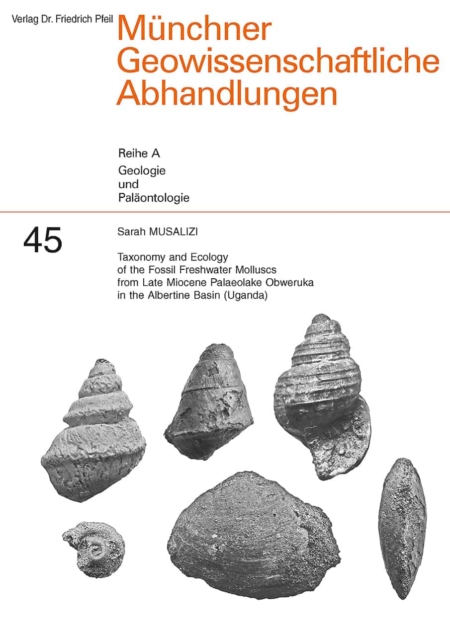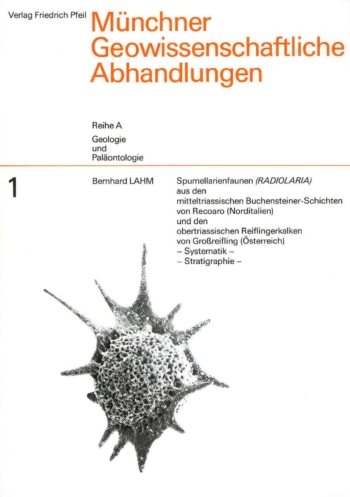The aim of this project is to study the taxonomy, ecology and changes through time of the molluscan species and communities from the newly discovered northern deposits of Palaeolake Obweruka, and thus fill in the gaps about evolutionary and compositional changes which took place during the earliest stages of the existence of this palaeolake. Such studies are important for improving insights into evolution in general because Palaeolake Obweruka is the only known lake in the world which has such a lengthy and detailed fossil record, i. e. 7 million years with a chronological resolution of 0.2-0.4 Ma (Van Damme & Pickford, 2010). Secondly the research attempts to reconstruct the palaeoenvironment of Palaeolake Obweruka during the early stages of its development.
Taxonomy and Ecology of the Fossil Freshwater Molluscs from Late Miocene Palaeolake Obweruka
2017. [Englisch] – 55 Seiten, 65 Schwarzweißabbildungen, 3 Tabelle, 1 Anhang.
29,7 x 21,0 cm, Paperback.
40,00 €
zzgl. Versandkosten / Versandkostenfrei in D
for the Late Cenozoic molluscan assemblages
in the Albertine Basin 45
assemblages from the region north
of Lake Albert 46
Albertine molluscan fossils
for palaeontological and evolutionary research 49
From Late Miocene (Tortonian, 89 Ma) to Late Pliocene (Piacenzian, 2.5 Ma) times, a gigantic lake, Palaeolake Obweruka, occupied the Albertine Basin. This palaeolake was geomorphologically similar to Modern Lake Tanganyika and in addition it shares the occurrence of thalassoid (marine-like) molluscan faunas. Former research on this palaeolake revealed that evolution gave rise to three different thalassoid malacofaunas, each preceded by an extinction. Over the past few years fossil-bearing deposits were discovered north of Lake Albert, dating from the earliest lake stage (89 Ma) from which evidence had previously been lacking. In the present study, the fossil molluscan assemblages from these deposits are treated. The earlier deposits have yielded diverse molluscan community totalling 15 species, dominated by viviparids (Neothauma) and unionids (Coelatura) that lived in a vast but relatively shallow lake. Eight of the species are new to science. Assemblages from the subsequent deeper lake stage (74.5 Ma) contain species that were found in other parts of the basin during earlier investigations. A total of 22 species is described from the two assemblages. The major scientific importance of the earlier assemblage is that it consists for a large part of hitherto undescribed thalassoid endemics, representing evidence for a first thalassoid evolutionary escalation at the very onset of the lake. It is clear that the four thalassoid molluscan faunas of Palaeolake Obweruka represent rapid escalatory punctuations, each preceded by a major environmental shift and an extinction.
„*“ zeigt erforderliche Felder an
Ähnliche Produkte
-
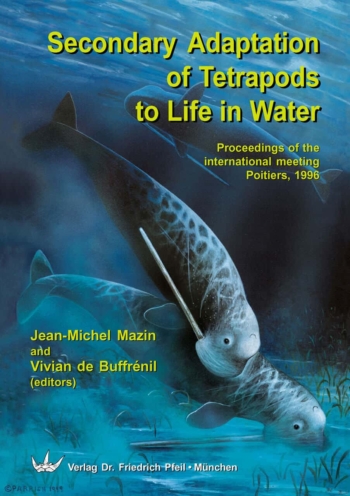
Secondary Adaptation of Tetrapods to Life in Water
80,00 €zzgl. Versandkosten / Versandkostenfrei in D
-
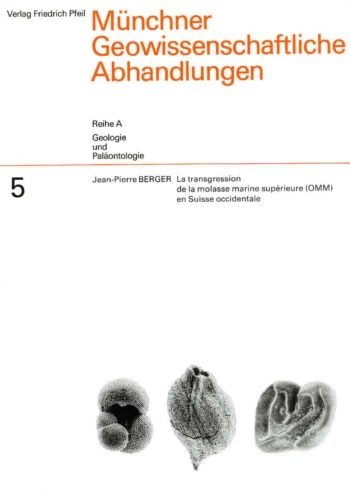
La Transgression de la Molasse Marine superieure (OMM) en Suisse occidentale
45,00 €zzgl. Versandkosten / Versandkostenfrei in D
-
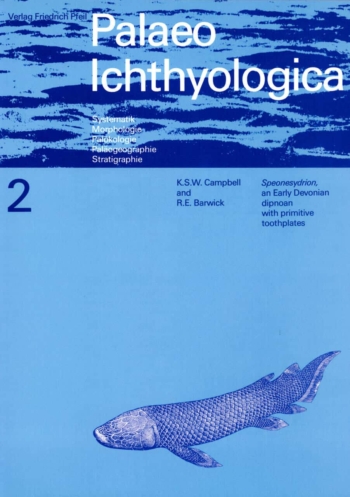
Speonesydrion, an Early Devonian dipnoan with primitive toothplates
20,00 €zzgl. Versandkosten / Versandkostenfrei in D
-
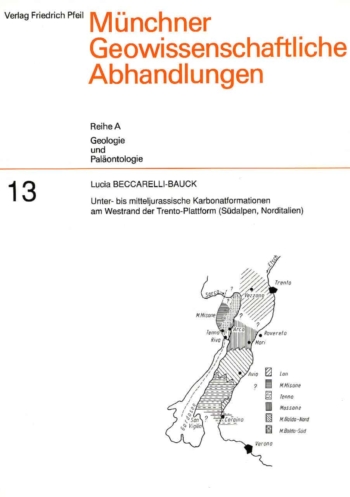
Unter- bis mitteljurassische Karbonatformationen am Westrand der Trento-Plattform (Südalpen, Norditalien)
30,00 €zzgl. Versandkosten / Versandkostenfrei in D
Wir sind gerne für Sie da
Verlag Dr. Friedrich Pfeil
Hauptstraße 12B
5232 Bergkirchen OT Günding – Germany
Tel.: +49 8131 61 46 590
Fax: +49 8131 61 46 591
E-Mail: info@pfeil-verlag.de
